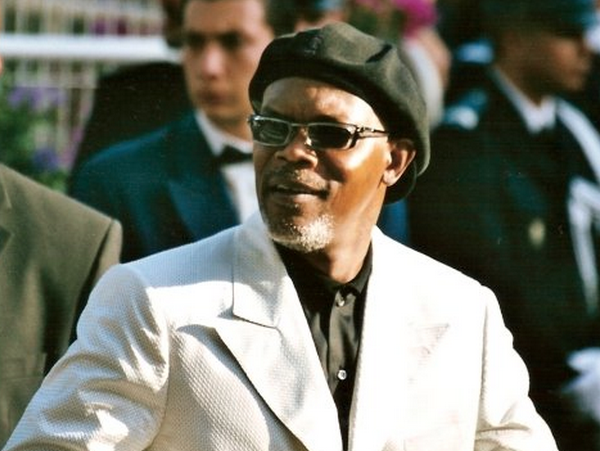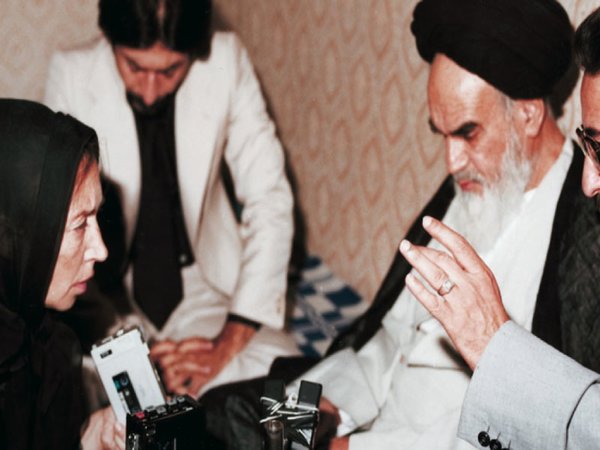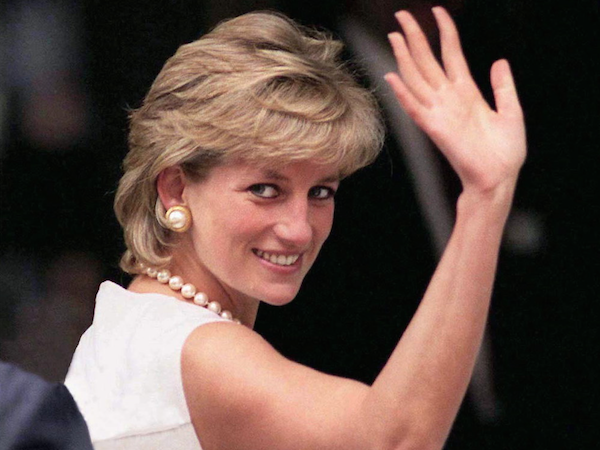The tragic story of the 15-year-old boy allegedly bashed to death at his high school in northern New South Wales is enough to break anybody’s heart.
Last weekend, the funeral of Jai Morcom was held at a public park in Mullumbimby, after he died in a Gold Coast hospital from severe head injuries.
The alleged circumstances of the boy’s death are startling. According to media reports, Jai found himself indirectly involved in a school yard fight about which group of students would sit where during their lunch time.
One thing led to another, and after 50-60 students gathered around the initial fight – which had been stopped by teachers – Jai was found unconscious. He later died in hospital.
As expected, the Australian media has been all over this story for the past week. After all, it has all the elements which constitute a “good story”: it involves innocent teenagers, there’s a tragic death, and the family is speaking to reporters about what it means to lose a child.
But what has often been forgotten in the (particularly commercial) media’s pledge to find the story behind this story is that police are still maintaining there is a high chance young Jai was not even involved in the fight at all.
According to Acting Superintendent Owen King, who is leading the investigation, police are still dealing with a range of conflicting reports. So far, no charges have been laid and police say they are awaiting more detailed post-mortem examination results, which are expected later this week.
Like any investigation of a death which has an element of mystery to it, this is clearly a complicated situation.
But on the Monday following the alleged bashing of the 15-year-old, Nine’s A Current Affair spoke exclusively with Jai’s mother.
The interview was nothing short of a disgrace. It was obvious that ACA was trying to play it as safe as possible, without going into too much detail of a story which had the potential to turn into one where criminal charges could be laid against a minor.
Yet ACA was evidently so keen to present the ‘other side’ of this tragic event that they felt the need to speak to the mother.
Embellished with dramatic music and clichés (including the line that the community had ‘had enough’), it was an uncomfortable story which suggested that bullying in the school had had the potential to kill, and even to kill again.
Perhaps this is true of schoolyard bullying in general. A Four Corners episode earlier this year delved into the issue of bullying, and portrayed a side to it which was beyond deplorable; it was spine-chilling.
But in the case of Jai’s death, was it responsible or accurate to treat the story as a case of schoolyard bullying before the facts were established?
On Friday, ABC news online reported that the captain of Mullumbimby High School claimed the media had sensationalised the events surrounding Jai’s death.
The story told how the media labelled the student’s peace march the week following Jai’s death (which was organised in memory of the teenager) as a “protest” against the school’s failure to address school bullying.
The school captain also said the media portrayed views of people from the school whose views didn’t necessarily represent the broader school community.
This kind of reaction may not surprise us, and perhaps that’s what should really should concern us.
In cases like these, it’s not just enough for the media to have a good “story”.
Erdem Koc is the editor of upstart.








